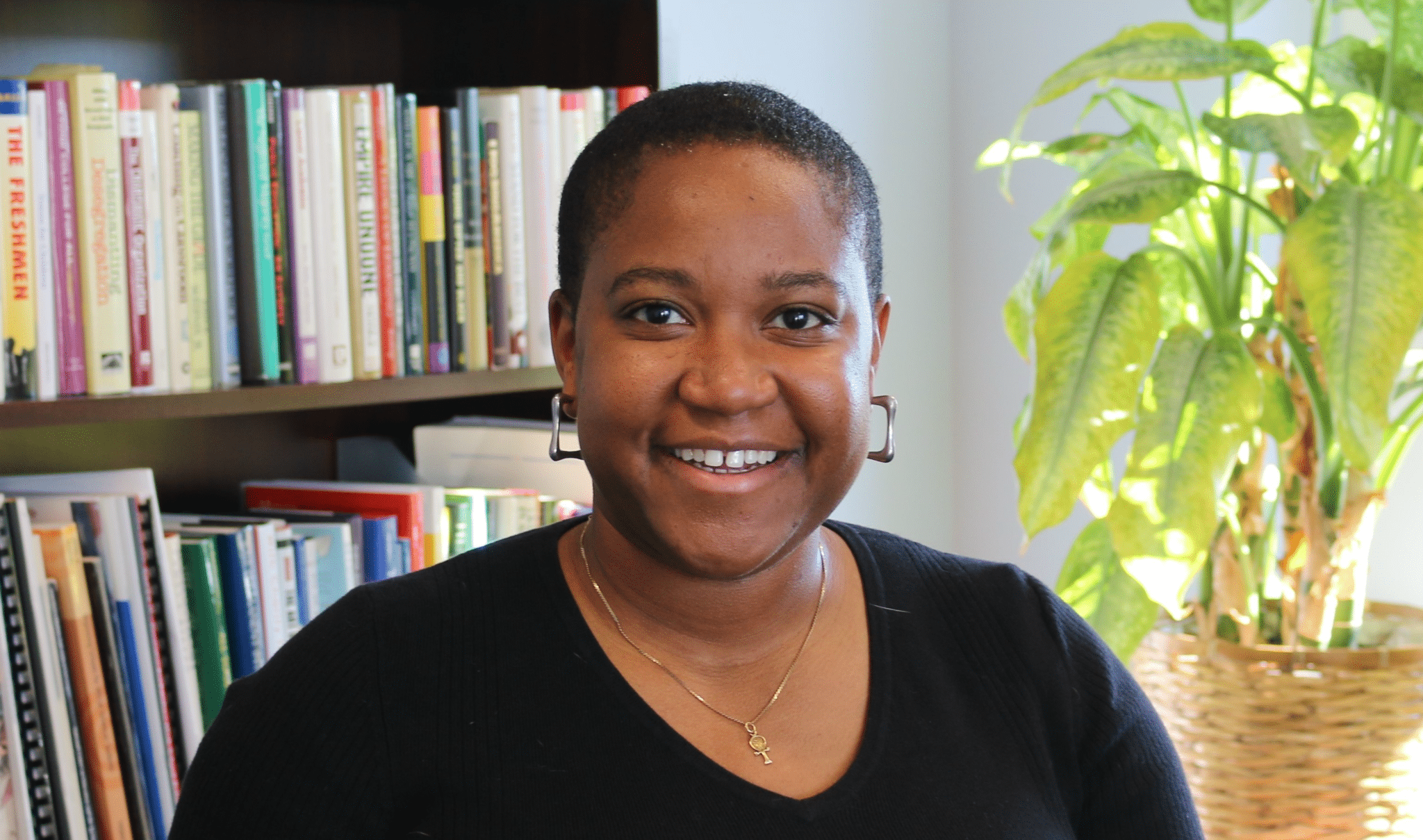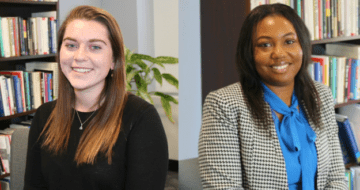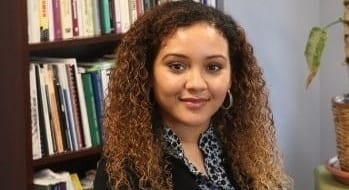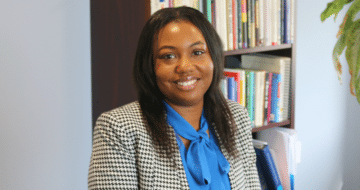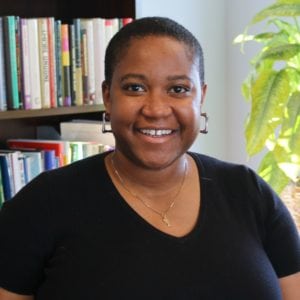
Leslie Byford, AYPF Communications Strategy Associate
With the holiday season behind us, the possibilities of 2019 ahead and a new Congress in session, there is much work to be done on the federal and state level when it comes to education, youth, and workforce policy. At the end of last year, our Executive Director, Betsy Brand, offered her thoughts on the current state of education, youth, and workforce policy. While we cannot predict what Congress and state governments have in store for policy action in 2019, here are some reflections from AYPF staff on the education, youth, and workforce policy changes they are hoping to see from the new Congress as well as state leaders.

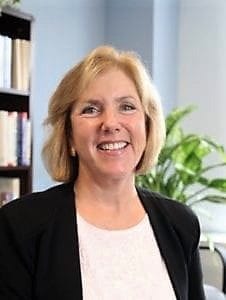
“To help young people develop the skills needed to be successful, we should provide young people with high quality work-based learning experiences. States can use funds from Perkins V and the Workforce Innovation and Opportunity Act (WIOA) to support work-based learning, to provide career guidance and counseling, and to connect school, postsecondary education, and work.”
–Betsy Brand, Executive Director
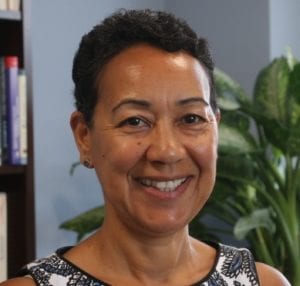 “I am heartened by the emphasis in Perkins V on the importance of providing high school students with early college opportunities and the chance to earn postsecondary credit while they are still in high school. We know that measures that create seamless paths for students from secondary to postsecondary options help students save money and helps them earn postsecondary credentials more quickly. I hope states expand middle grade career exploration, thereby providing students a longer period of time to consider their career options and interests.”
“I am heartened by the emphasis in Perkins V on the importance of providing high school students with early college opportunities and the chance to earn postsecondary credit while they are still in high school. We know that measures that create seamless paths for students from secondary to postsecondary options help students save money and helps them earn postsecondary credentials more quickly. I hope states expand middle grade career exploration, thereby providing students a longer period of time to consider their career options and interests.”
–Dr. Loretta Goodwin, Deputy Director
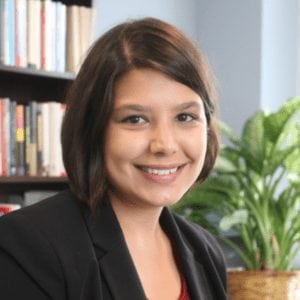 “I’m heartened by the success of the Opportunity Youth Network, Reconnecting Youth Campaign, and Opportunity Youth United. While 4.6 million young people ages 16 and 24 are either disconnected from work or school, the rate of these “Opportunity Youth” has steadily declined every year. Since 2010, the rate of Opportunity Youth has fallen 20% from 14.7% to 11.7%, and for nearly all racial/ethnic groups. These are important gains, but we know we can do much better. With stabilized or increased funding of federal appropriations for FY19 for education, training, national service, and employment programs, states should consider ways to blend and braid funding to better serve and support Opportunity Youth.”
“I’m heartened by the success of the Opportunity Youth Network, Reconnecting Youth Campaign, and Opportunity Youth United. While 4.6 million young people ages 16 and 24 are either disconnected from work or school, the rate of these “Opportunity Youth” has steadily declined every year. Since 2010, the rate of Opportunity Youth has fallen 20% from 14.7% to 11.7%, and for nearly all racial/ethnic groups. These are important gains, but we know we can do much better. With stabilized or increased funding of federal appropriations for FY19 for education, training, national service, and employment programs, states should consider ways to blend and braid funding to better serve and support Opportunity Youth.”
–Jenna Tomasello, Policy Associate
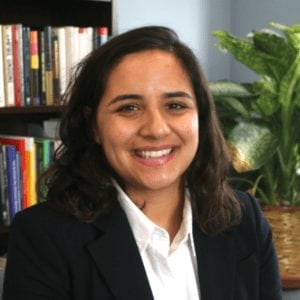 “My hope for 2019 is that congressional staff and state leaders continue to develop strong and sustainable partnerships and coordination across youth-serving systems. Given that there are mechanisms such as structured models, data systems, and working groups across agencies and/or departments that help facilitate this coordination, I’m excited to see how states can improve their system alignment, how the federal government can financially support those efforts, and I look forward to working with my colleagues to lift up these examples to help better inform the policymaking process.”
“My hope for 2019 is that congressional staff and state leaders continue to develop strong and sustainable partnerships and coordination across youth-serving systems. Given that there are mechanisms such as structured models, data systems, and working groups across agencies and/or departments that help facilitate this coordination, I’m excited to see how states can improve their system alignment, how the federal government can financially support those efforts, and I look forward to working with my colleagues to lift up these examples to help better inform the policymaking process.”
–Jesse Kannam, Policy Associate
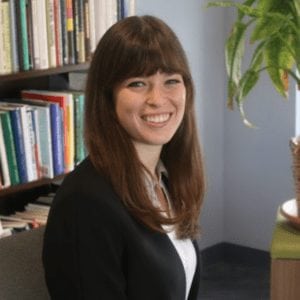 “I am looking forward to seeing more state-level proposals to make higher education and community colleges more affordable and even free to residents. The idea of free community college is not new, and states including Tennessee, Oregon, and Rhode Island have already implemented plans that make community college free for recent high school graduates with varying stipulations. Through the Tennessee, Oregon, and Rhode Island Promise scholarships, these states cover the remaining cost of tuition for two year programs after other needs-based grants have been applied.”
“I am looking forward to seeing more state-level proposals to make higher education and community colleges more affordable and even free to residents. The idea of free community college is not new, and states including Tennessee, Oregon, and Rhode Island have already implemented plans that make community college free for recent high school graduates with varying stipulations. Through the Tennessee, Oregon, and Rhode Island Promise scholarships, these states cover the remaining cost of tuition for two year programs after other needs-based grants have been applied.”
–Rebecca Lavinson, Policy Associate


